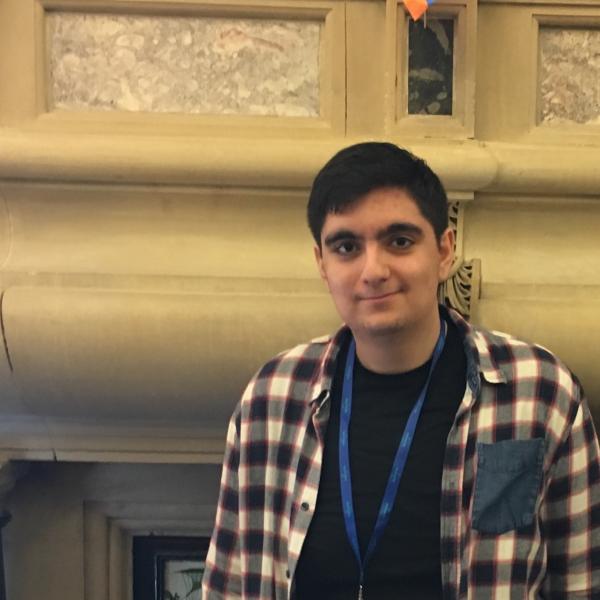Aren Karapetyan

Aren Karapetyan
Alumni
I am motivated by the process of understanding the behaviour of dynamical systems and by their automation with data and learning-based control.
Aren Karapetyan is a doctoral student at the Automatic Control Laboratory at ETH Zürich under the supervision of Prof. John Lygeros. He obtained his MEng Engineering Science degree at the University of Oxford in 2020, where he specialised in Information and Control Engineering. He was awarded the Engineering Undergraduate Research Opportunities Program (EUROP) award to undertake a research project at the Oxford Control Group under the supervision of professors A. Papachristodoulou and K. Margellos. He stayed at the same group to complete his Fourth Year Project on distributed control of quadrotors. His current research is on Dynamic Programming and Optimal Control.
After completing his PhD, Aren went to work at Belimo Automation AG.



